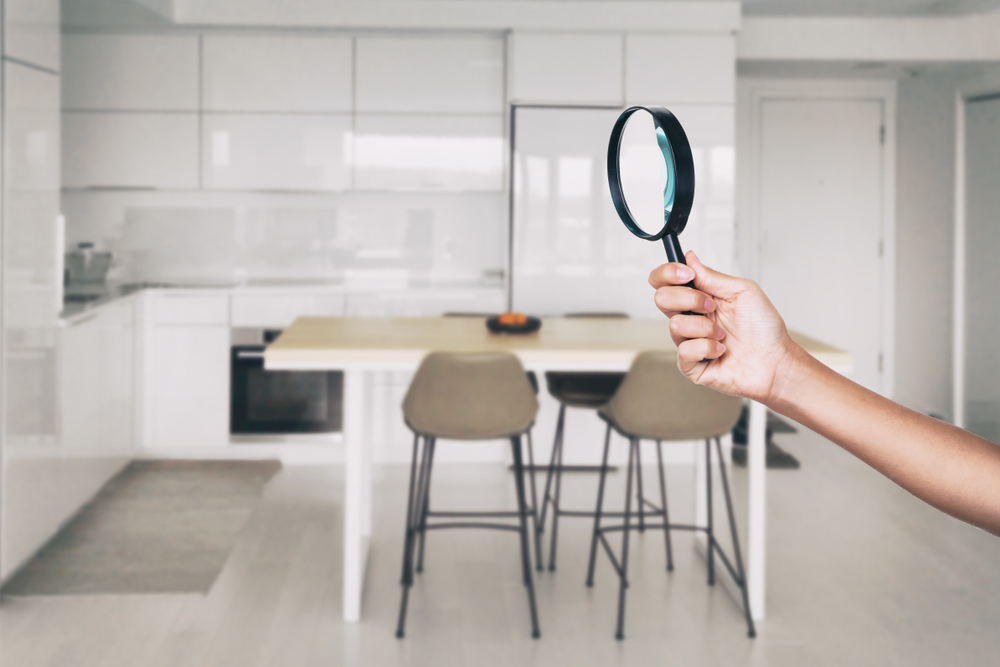If you’re buying a new home you’re used to looking at some of the most common issues such as damaged roofing, defective gutters or structural cracks. But one common issue gets overlooked very often, and just like the others, can prove to be a serious issue down the line. Case in point: mold.
Mold is a frequent occurrence in most homes and buildings. Roughly 50% of all homes in the US have experienced an issue with Mold. According to the US Environmental Protection Agency, there are over 45 million buildings in the US with dangerously unhealthy mold levels.
Mold grows in damp and dark places, which also makes it difficult to spot. Mold spores can enter your home through your air conditioner, vents, doors and windows, and more. To make things worse, it takes mold spores only 48 hours to multiply. While many strains won’t damage your home or any items and do not typically pose a health risk, you can never be too sure. Ramm Water Restoration team is here to help you find out how you can find mold in your home and what you can do to get rid of it.
How To Find Mold In Your Home?

Mold is a serious issue that most homeowners in the US are faced with at some point. The problem with mold is that it usually stays undetectable until it has become a serious issue, by which point you’ll start seeing it on the walls all around your home. Learning to find mold before it gets to that point is key to resolving the situation.
Can You Smell A Stale Odor?
In most cases, mold produces a stale smell, especially if it has affected the heating or cooling system. Your HVAC is the perfect breeding ground for mold, as it is dark, warm and damp.
Can You Notice Any Dark Spots On The Walls?
If your roof or walls are cracked, mold may follow suit. The same goes for any leaks in your home. Mold will start growing there if you don’t address the issue almost immediately. You will start to notice discoloration in the form of white or gray patches and dark spots on the walls or ceilings.
Can You See The Spores?
The most obvious signs of mold are visible mold spores on your walls or any other wet areas of your home (check the edges of the bathtub first). Most homeowners’ first choice is using soap or bleach to remove it, but mold is very persistent and even if you do remove the visible spores, you are unlikely to remove those that stay deep within the walls.
Are You Experiencing Unexplained Flu-like Symptoms?

Mold is known to cause respiratory issues and allergy. If you experience any unexpected flu-like symptoms that won’t go away, you could be dealing with mold.
What Can I Do About Mold?
When dealing with mold on your own, make sure you always wear protective gear such as a breathing mask, eye protection and rubber gloves. Start by disinfecting the affected surface and make sure to dry it out well. Dispose of items damaged beyond repair by the mold infection such as drapes or carpets.
The best way to eliminate the risk of a mold infection is to keep your home dry. Make sure you immediately address any leaks, whether they are caused by faulty pluming or roof damage. Finally, if you are dealing with a widespread mold infection, the best thing you can do is to contact a professional mold removal service.




